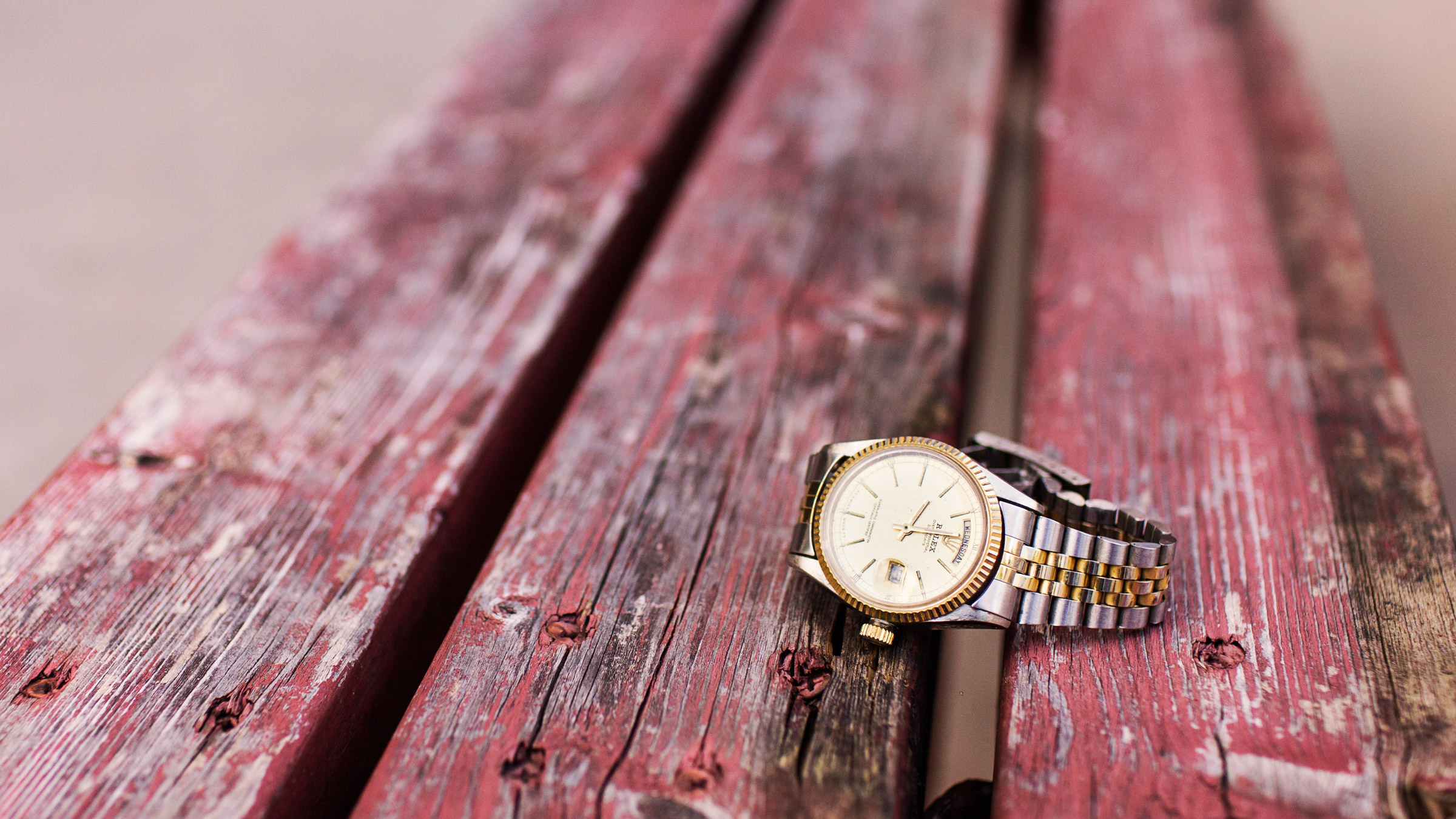The First Portable Watches (15th century)
It was a big deal to know the time on the go when, thanks to the invention of the mainspring in the 15th century, the first pocket watches were created. Don’t assume, however, that early pocket watches were either accessible or particularly useful; accuracy could mean off by more than half an hour per day, and most didn’t even have a minute hand.
The Pocket Watch Gets Accurate (18th century)
A timepiece’s regulation system is both its heart and brain: the part where its accuracy is measured. Think of it as a brake, slowly moving power in a consistent way from the tightly wound spring that holds the power and the gear, which moves the hands. The balance wheel and modern escapement finally made timepieces useful for science and navigation.
The Pocket Watch Becomes A True Gadget (18th century)
Once watches had gotten timekeeping down, they were able to do a lot more things related to tracking the time. Like all the greatest gadgets, pocket watches produced by keen minds included other features, such as calendars, stopwatches, multiple time zone displays and astronomical indicators. All in the name of science – and luxury, given that these items were generally for the ultra-rich.
Pocket watches move to the wrist (1910s)
No one knows exactly when the first person strapped a watch to their wrist, but people began to do so more widely in the early 20th century. Aviators and drivers wanted timepieces they could glance at without using their hands – though this was actually considered feminine at the time. During World War I soldiers began to modify pocket watches with straps – and soon after the men’s wristwatch was really born.
Wristwatches become water and dust resistant (1926)
Wristwatches needed to put up with a lot more shock, moisture and dust than pocket watches, but early versions were rather fragile; most initial attempts to seal watch cases proved awkward without things like rubber gaskets. Rolex made “water resistant” mainstream when they introduced the Oyster, which used a screw-down caseback, screw-down crown and a screw-down bezel for the crystal.
Electronic watches are born (circa 1960)
Electronic timekeeping was an absolute game changer for science, eventually trickling down to wristwatches by 1957 when Hamilton debuted the original Ventura. The first electronic watches used “humming” tuning forks powered by a battery (typified by Bulova’s Accutron family). Later, forked quartz crystal-based electronic watches further increased accuracy and battery life.
Quartz watches enable cheap, ultra-accurate timekeeping (circa 1970)
The first quartz movement-based wristwatches were both exotic and extremely expensive. The landed Swiss watchmaking elite were divided on the electronic revolution’s place in the future of watchmaking – which ended up being a disruptive force that almost toppled the mechanical watch industry. By the early 1980s, inexpensive quartz watches were all the rage.
Computers and clocks Combine: The Calculator Watch is born (circa 1980)
Companies like Seiko, Hewlett-Packard and, later, Casio all rallied behind what we might consider the first smartwatches. Simple by today’s standards, the late 1970s began to see watches with built-in calculators that came with a stylus pointer to push the tiny buttons. Coveted by the engineering elite, for a time they were the height of geek chic.
The connected watch is born, later dies: The SPOT watch (1990s)
Popular culture has imagined intelligent, connected devices worn on the wrist since the early 20th century, but it was not until the mobile phone era, when connected watches that offered useful information were really available. Using radio signals, the original SPOT watches could offer things like news, weather, stock prices and sports scores… for a modest subscription price.
The connected watch is reborn (2010s)
As many scrap the traditional watch in favour of checking their all-knowing smartphone, a new era of watchmaking is born. Communication pathways such as WiFi and Bluetooth make the so-called smartwatch possible, delivering live data and notifications straight to users’ wrists. Still hampered by battery life and software solutions, smartwatches that exist symbiotically with companion devices should nevertheless prove a rejuvenating force for the humble watch to a generation that has, until now, lost the necessity to wear a timepiece.
Article by Ariel Adams














Sorry, the comment form is closed at this time.